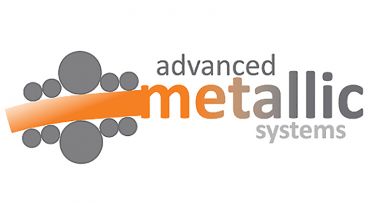Computational image analysis of solder droplets using machine learning
Can we make a computer separate molten solder from a metallic substrate using just images?

The changes in shape and area of molten solder during melting happen rapidly. To quantify these changes images need to be taken that keep up with the change, which equates to hundreds of generated images of a sample. Instead of drawing around each image manually, Detectron2 (a machine learning model framework by Facebook) trained a model that could do the laborious work. This was conducted in collaboration with Jean-Francois Croteau at the Lawrence Berkeley National Laboratory.
Following a professional skills seminar about how to utilise LinkedIn as a tool for researchers, Wunmi Olukoya posted about tips she would share with someone starting out in the field of computational image analysis. Having seen this post Jean-Francois Croteau of the Lawrence Berkeley National Laboratory in the United States of America reached out to her directly and offered Wunmi a 3-month secondment with him in San Francisco.
Wunmi's experience began using Image/Fiji, but pivoted to Python and used Detectron2 to train a machine learning model to separate molten solder from silver substrates with different appearances thanks to the support of Croteau.
During her secondment Wunmi continued to work on this projects, which had generated a lot of image data of the the solder melting using the Linkam T1200 hot stage. The concentrated effort was to investigate the separation of different elements and features of cables used for superconducting wires, to replace those used at The European Organisation for Nuclear Research (CERN).
Using the Keyence DSX1000 made the work much easier, and the process far less time consuming compared to hand-labelling, allowing Wunmi to more easily use Python to analyse the shape and spreading areas for each sample.
I'm very grateful to Jean-Francois for reaching out to me after I posted on LinkedIn about my work using image analysis . I got to learn even more about the subject when I was hosted at the Lawrence Berkeley National Laboratory. It was easy to fall in love with the Bay area!
Wunmi Olukoya
Computational image analysis using machine learning is already extensively used in sectors such as Biology to enable the separation of different cells, and in self driving cars like Waymo in San Francisco. Wunmi's work using image analysis on solder drops shows that we can separate droplets from substrates which could be expanded on to look at characterisation of water drop on different materials like Steels or even to measure if something is hydrophobic or hydrophilic.

Study with us
Study for a fully-funded PhD or EngD in Advanced Metallic Systems to explore innovative materials and manufacturing routes to increase sustainability and performance.
